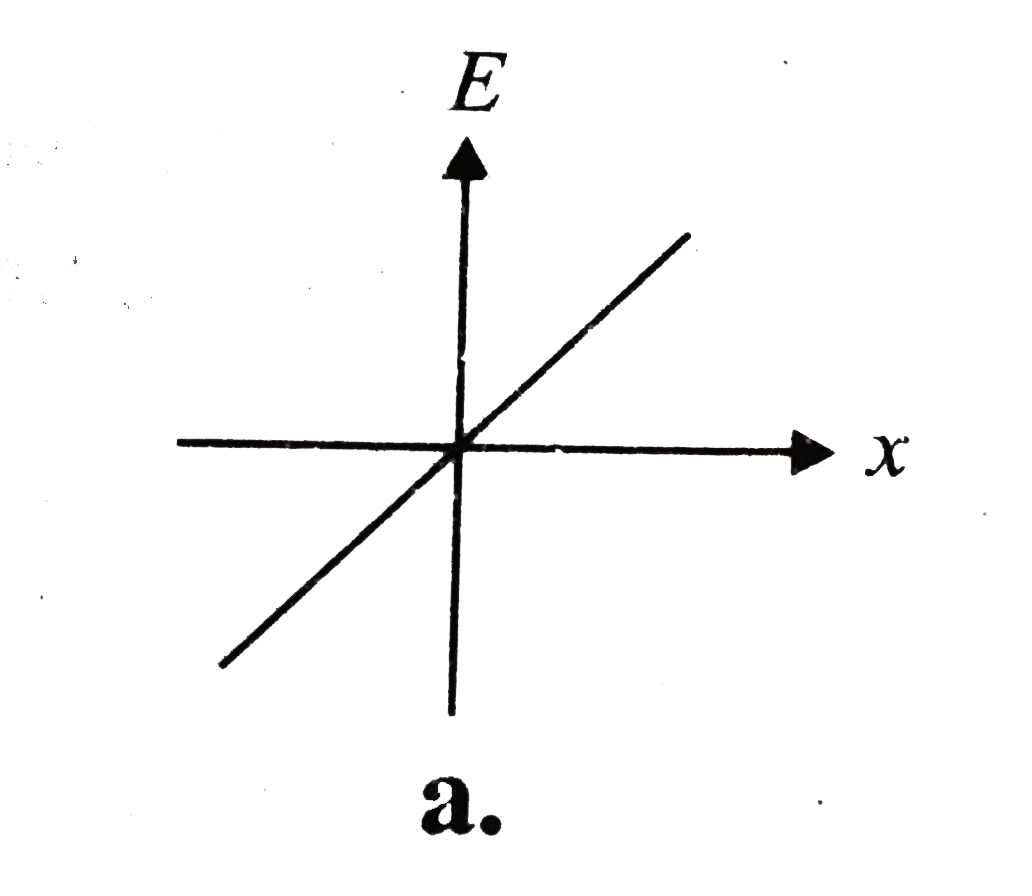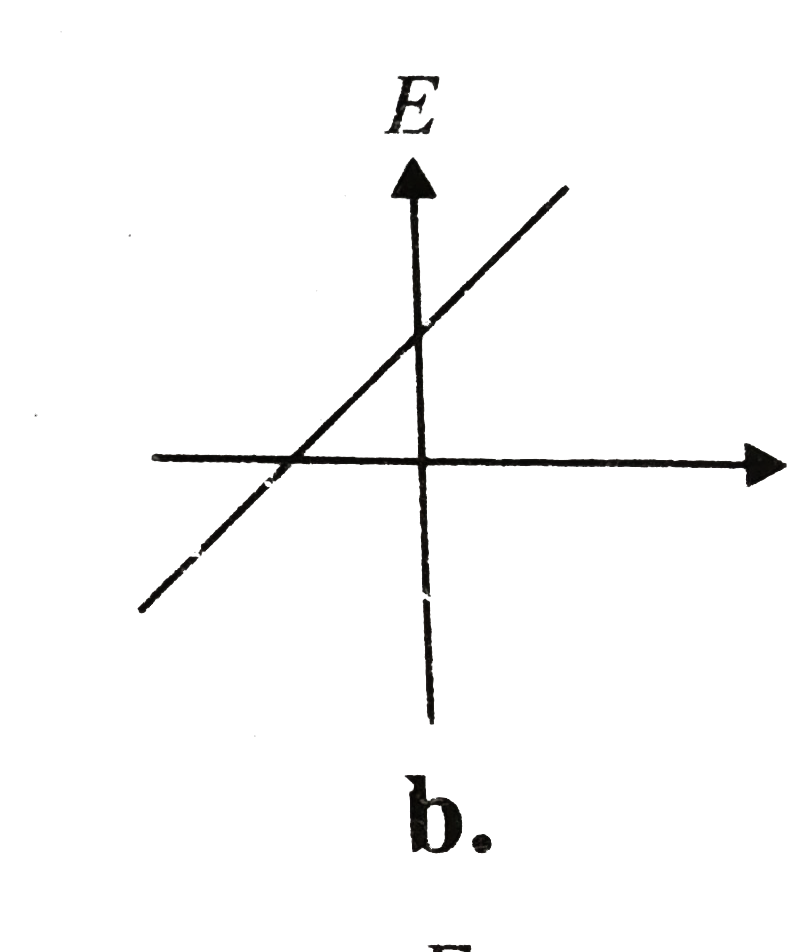A
B
C
D
Text Solution
Verified by Experts
The correct Answer is:
Topper's Solved these Questions
MISCELLANEOUS VOLUME 3
CENGAGE PHYSICS|Exercise Interger Answer type|20 VideosMISCELLANEOUS VOLUME 3
CENGAGE PHYSICS|Exercise Fill in the blanks|10 VideosMISCELLANEOUS VOLUME 3
CENGAGE PHYSICS|Exercise Assertion and Reason Type|8 VideosMECHANICAL PROPERTIES OF SOLIDS
CENGAGE PHYSICS|Exercise Question Bank|4 VideosMISCELLANEOUS VOLUME 5
CENGAGE PHYSICS|Exercise Integer|12 Videos
Similar Questions
Explore conceptually related problems
Knowledge Check
CENGAGE PHYSICS-MISCELLANEOUS VOLUME 3-Comprehension Type
- We know that electric field (E ) at any point in space can be calcula...
Text Solution
|
- We know that electric field (E ) at any point in space can be calcula...
Text Solution
|
- We know that electric field (E ) at any point in space can be calcula...
Text Solution
|
- Consider a system of two equal points charges, each Q = 8 muC, which a...
Text Solution
|
- Consider a system of two equal points charges, each Q = 8 muC, which a...
Text Solution
|
- Consider a system of two equal points charges, each Q = 8 muC, which a...
Text Solution
|
- Consider a system of two equal points charges, each Q = 8 muC, which a...
Text Solution
|
- In a certain experiments to measure the ratio of charge to mass of ele...
Text Solution
|
- In a certain experiments to measure the ratio of charge to mass of ele...
Text Solution
|
- In a certain experiments to measure the ratio of charge to mass of ele...
Text Solution
|
- In a certain experiments to measure the ratio of charge to mass of ele...
Text Solution
|
- In the circuit shown in figure initially the switch is opened. The swi...
Text Solution
|
- In the circuit shown in figure initially the switch is opened. The swi...
Text Solution
|
- Capacitor C1 = 2 muF and C2 = 3muF are connected in series to a batter...
Text Solution
|
- Capacitor C1 = 2 muF and C2 = 3muF are connected in series to a batter...
Text Solution
|
- Capacitor C1 = 2 muF and C2 = 3muF are connected in series to a batter...
Text Solution
|
- A researcher studying the properties of ions in the upper atmosphere w...
Text Solution
|
- A researcher studying the properties of ions in the upper atmosphere w...
Text Solution
|
- A point charge q1 is placed inside cavity 1 and another point charge q...
Text Solution
|
- A point charge q1 is placed inside cavity 1 and another point charge q...
Text Solution
|




